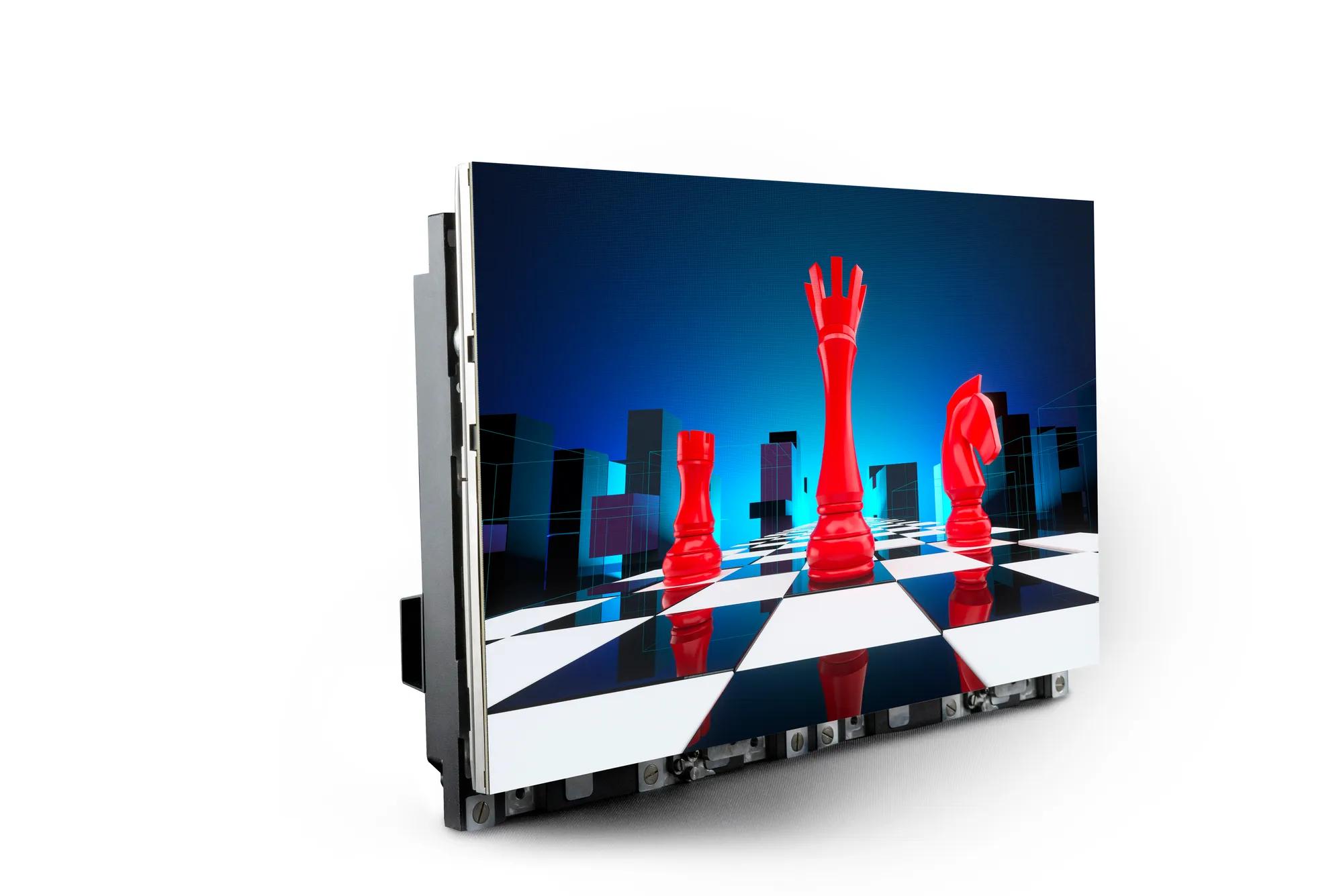Improving Efficiency and Lifespan Through Optimal Thermal Control in LED Wall Modules
Wiki Article
Light Emitting Diode display screens remain progressively popular in diverse industries, including promotion, media, as well as even residential decor. Such panels provide bright, dynamic presentations that can attract interest and elevate visual impact. However, one key consideration of maintaining their performance and lifespan is efficient temperature dissipation. As LED screens run, they generate thermal energy. Whenever this heat is not controlled effectively, it can lead to lowered illumination, chromatic accuracy, and potentially a shorter service life for the screens. Therefore, knowing how to effectively control heat is essential for optimizing the performance of Light Emitting Diode display panels.
Heat dissipation in Light Emitting Diode applications denotes the techniques used to handle and lower the unwanted heat generated during use. One common practice involves materials with strong heat transfer capability, such as aluminium or copper. These metals can efficiently transfer thermal energy away from the LED parts, maintaining the operating temperature inside a safe level. Additionally, the configuration of lighting wall panels has a significant function in heat control. Systems that integrate heatsinks or airflow mechanisms permit heated air to exit while drawing in cooler air, thereby aiding in thermal regulation.
Another important element in effective thermal control is correct setup and arrangement of LED displays. Making sure that there is ample space surrounding the screens facilitates better circulation, which helps to lower the temperature of them efficiently. It is also crucial to refrain from placing Light Emitting Diode modules in confined areas where heat can become contained. Rather, they should be installed in locations with good ventilation to support efficient cooling. Professionals often advise placing luminescent panels not near direct solar exposure or Recommended Reading other thermal emitters to prevent overheating.
Regular upkeep of luminescent modules is also important for maintaining proper temperature control. Debris and debris can accumulate on the exterior of the screens and inside their parts with use. This buildup can restrict airflow and reduce the unit’s capability to cool effectively. Cleaning the surfaces regularly and making sure that any inside mechanisms are free from clogs will help preserve maximal operation conditions. Additionally, monitoring for any evidence of fatigue or damage can help mitigating thermal issues complications before they become critical concerns.
In conclusion, proper temperature control is crucial for optimizing both the efficiency and lifespan of LED wall panels. By using visit here materials with superior thermal conductivity, ensuring proper placement and arrangement, and conducting routine upkeep, operators can greatly enhance their LED experience. Understanding these principles not only helps in sustaining the standard of the screens but also promotes energy savings and eco-friendliness in illumination systems. As innovations in technology move forward, focusing on thermal control will continue to be an important element of deploying Light Emitting Diode displays to their greatest capacity.
